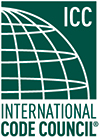 |
Codes Corner |
| Excerpts from some of ICC's most beneficial code publications and resources |
| —*ADVERTISEMENT— |
 |
| CODE UPDATE | Significant Code Changes to the 2012 IECC | |
| (The information below is excerpted from the Significant Changes to the 2012 International Codes series.) | |
| The requirement for tandem wiring in fluorescent lamps in the 2012 International Energy Conservation Code (IECC) has been deleted. Improvements in ballast design and cost for single- and multiple-lamp ballasts have made this requirement obsolete. The requirement was intended to eliminate the use of two lamp ballasts with a single lamp. Click to continue reading more on this update to the 2012 IECC Significant Changes. |
|
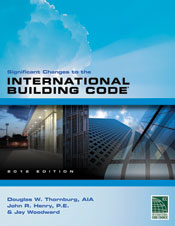  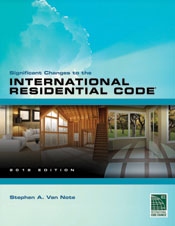  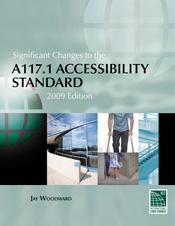 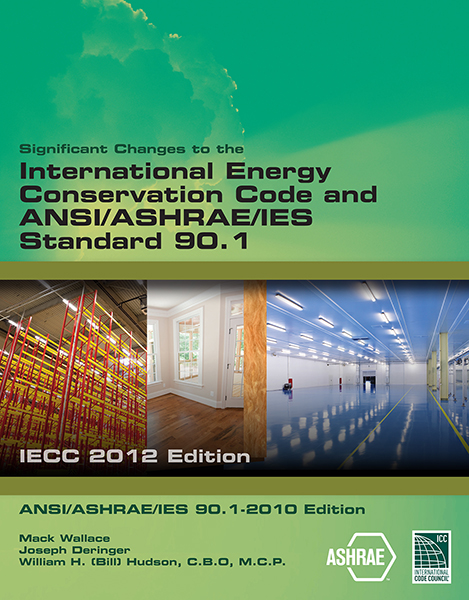 |
The Significant Changes to the 2012 International Codes series is designed to assist code officials, architects, engineers and other construction professionals transitioning from the 2009 to the 2012 editions of the International Codes. Authored by ICC code experts, the series offers a comprehensive yet practical analysis of hundreds of the most critical changes. Each color publication contains: revised code text; a summary of each change listed; in-depth change analysis; and a detailed photo, illustration or table for each change to deepen understanding. Coverage reflects provisions with special significance, including new and innovative design ideas and technologies, modern materials and methods of construction, and current approaches to safety and stability. |
| Back to top | |
| —*ADVERTISEMENT— |
 |
| CODE BASICS | Fire, Based on the 2012 International Fire Code |
| (The information below is excerpted from the 2012 Building Code Basics series.) |
| The International Fire Code (IFC) grants the fire code official, the fire chief or the incident commander at the scene of a fire or other emergency to control and direct the incident scene for the protection of life and property or take any other actions that are necessary in the reasonable performance of duty.
Click to continue reading more on this excerpt from the Building Code Basics: Fire, Based on the 2012 IFC. |
| Back to top |
| —*ADVERTISEMENT— |
 |
| CODE HANDBOOK | 2012 International Building Code Handbook | |
| (The information below is excerpted from the 2012 International Building Code Handbook.) | |
| A mezzanine is defined in Chapter 2 as an intermediate floor level within a room or space. As long as the area of the mezzanine is limited in size, an intermediate floor without enclosure causes no significant safety hazard. Click to continue reading more on this excerpt from the 2012 International Building Code Handbook. |
|
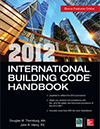 |
The 2012 International Building Code Handbook is a comprehensive, full-color guide to the entire 2012 International Building Code (IBC). Authored by ICC code experts and published by McGraw-Hill to assist code officials, architects and engineers in understanding the code, this publication covers both structural and fire- and life-safety provisions. This time-saving resource makes it easy to understand and apply complex IBC requirements and achieve compliance. |
| Back to top |